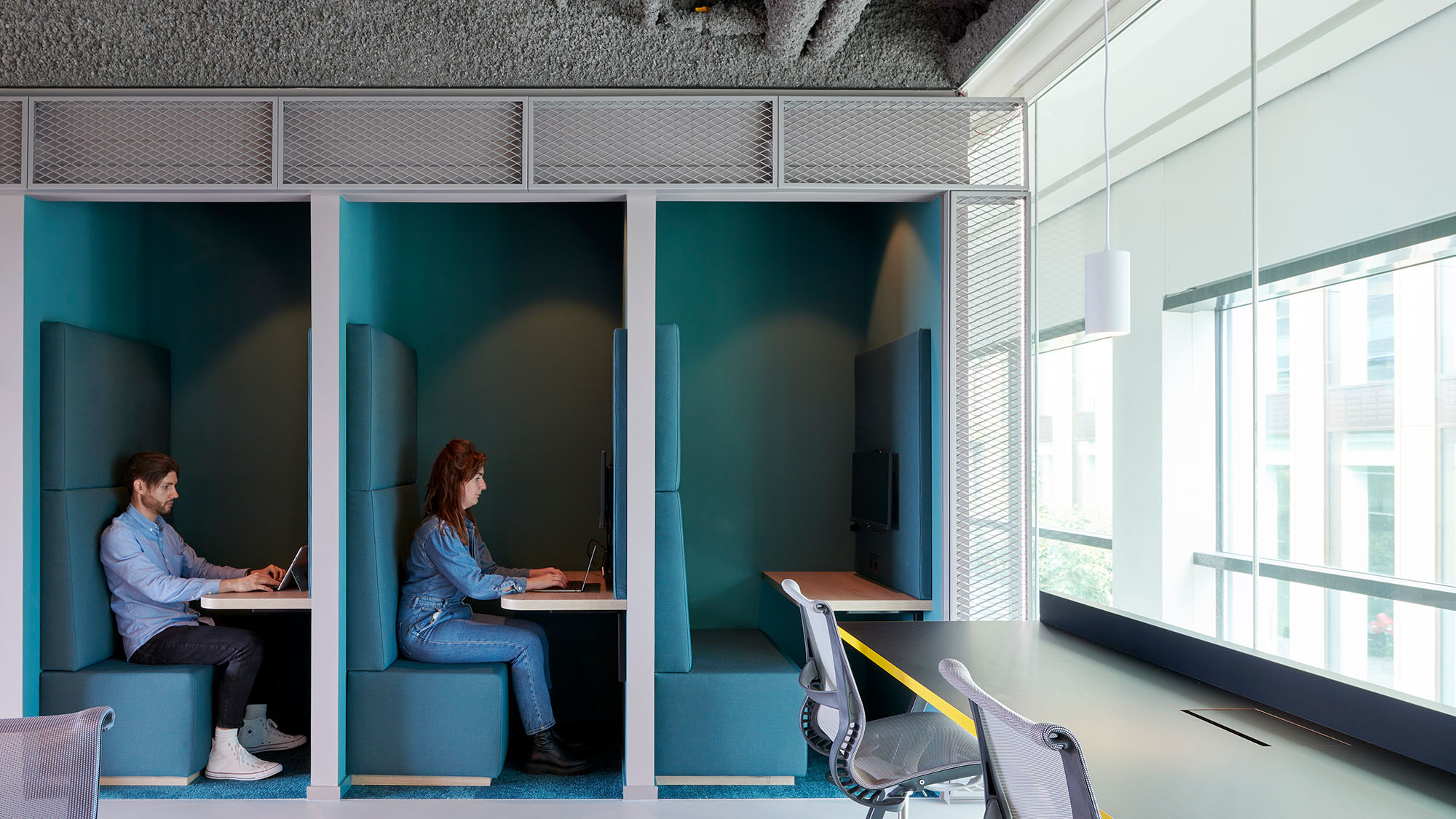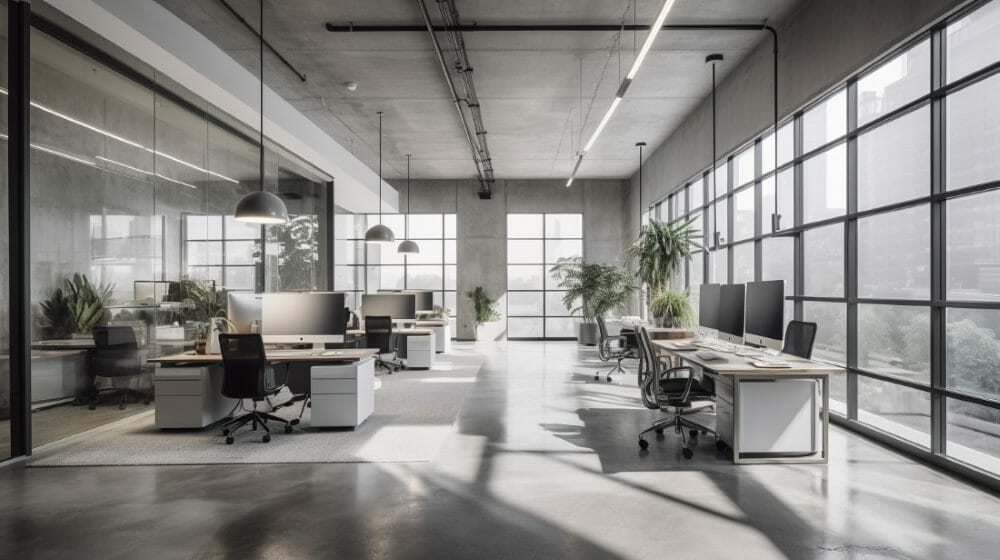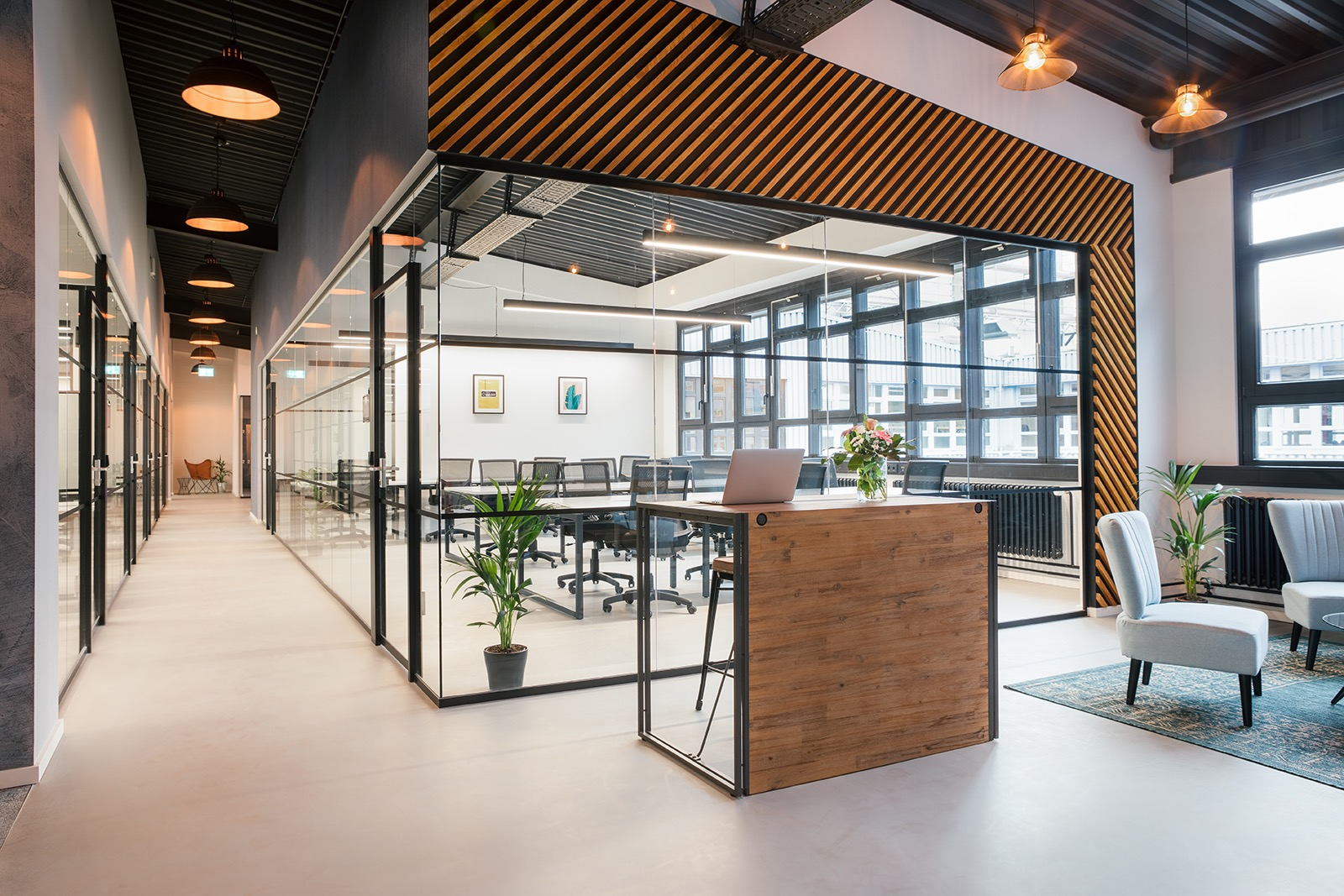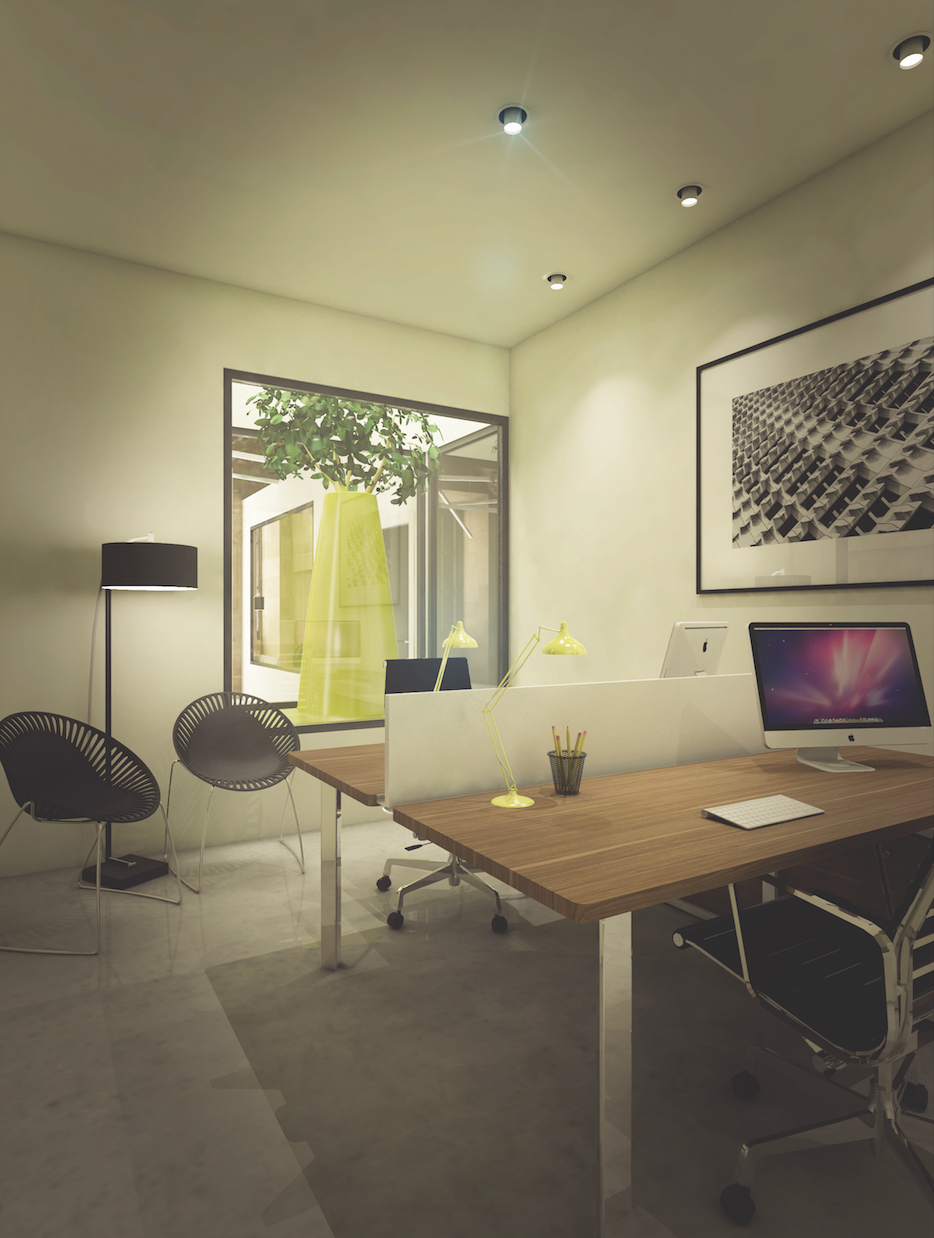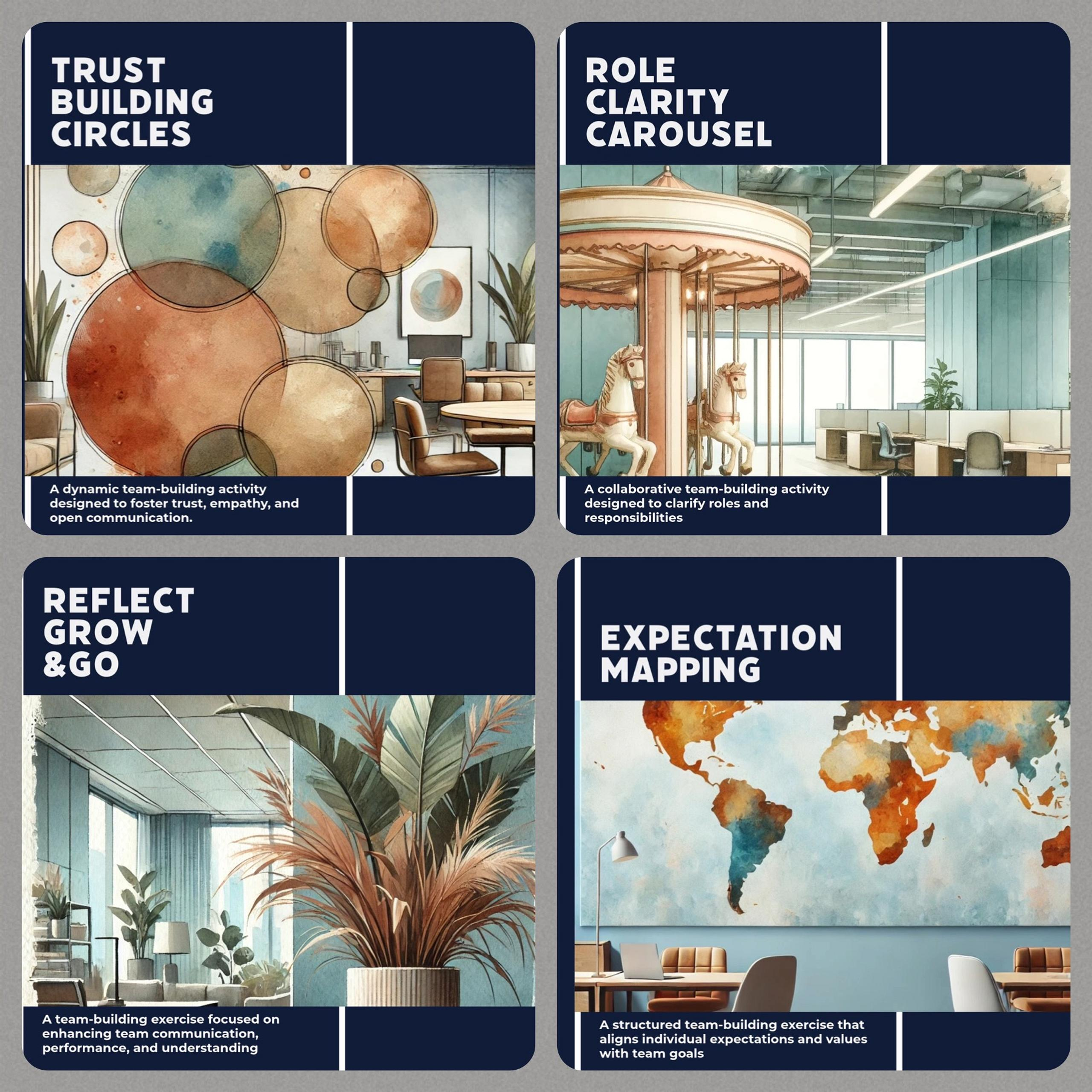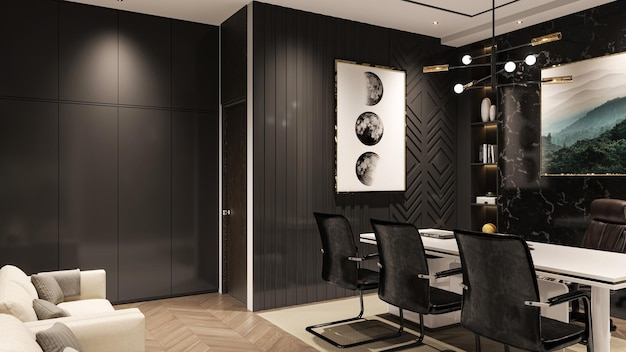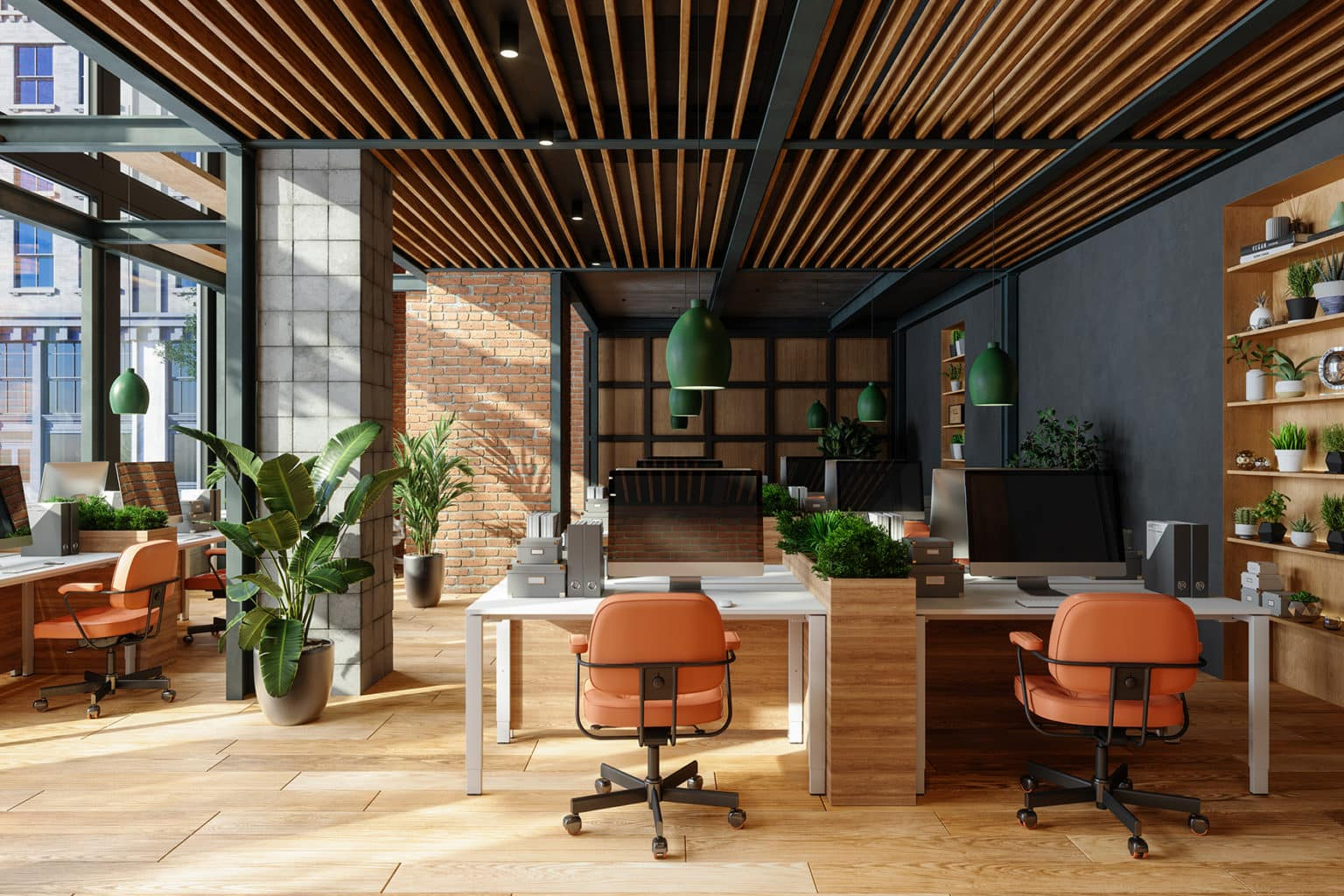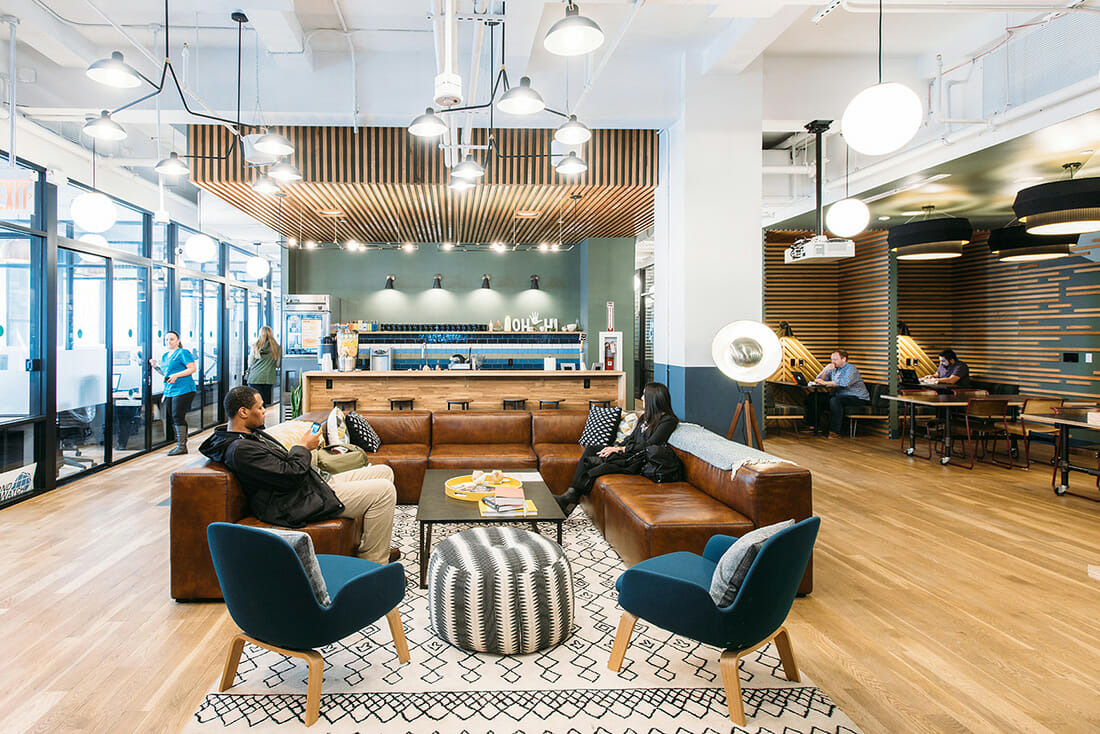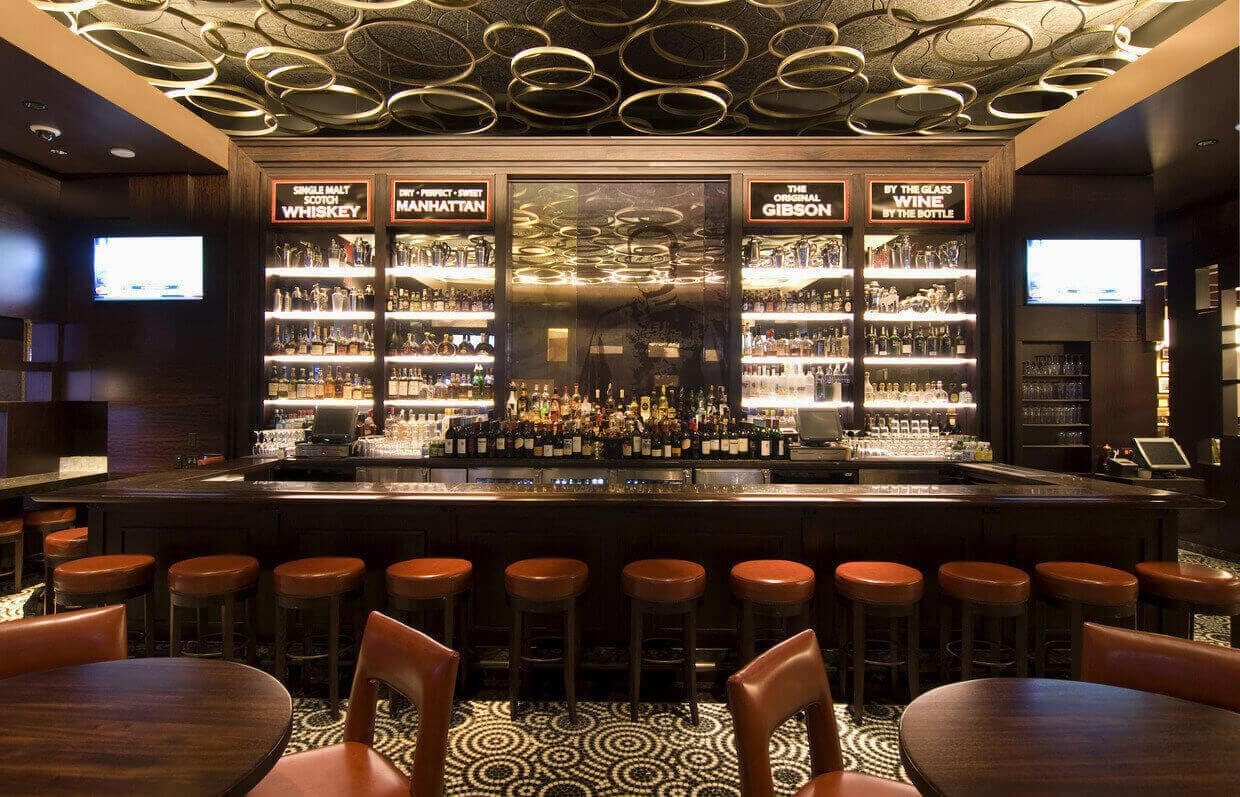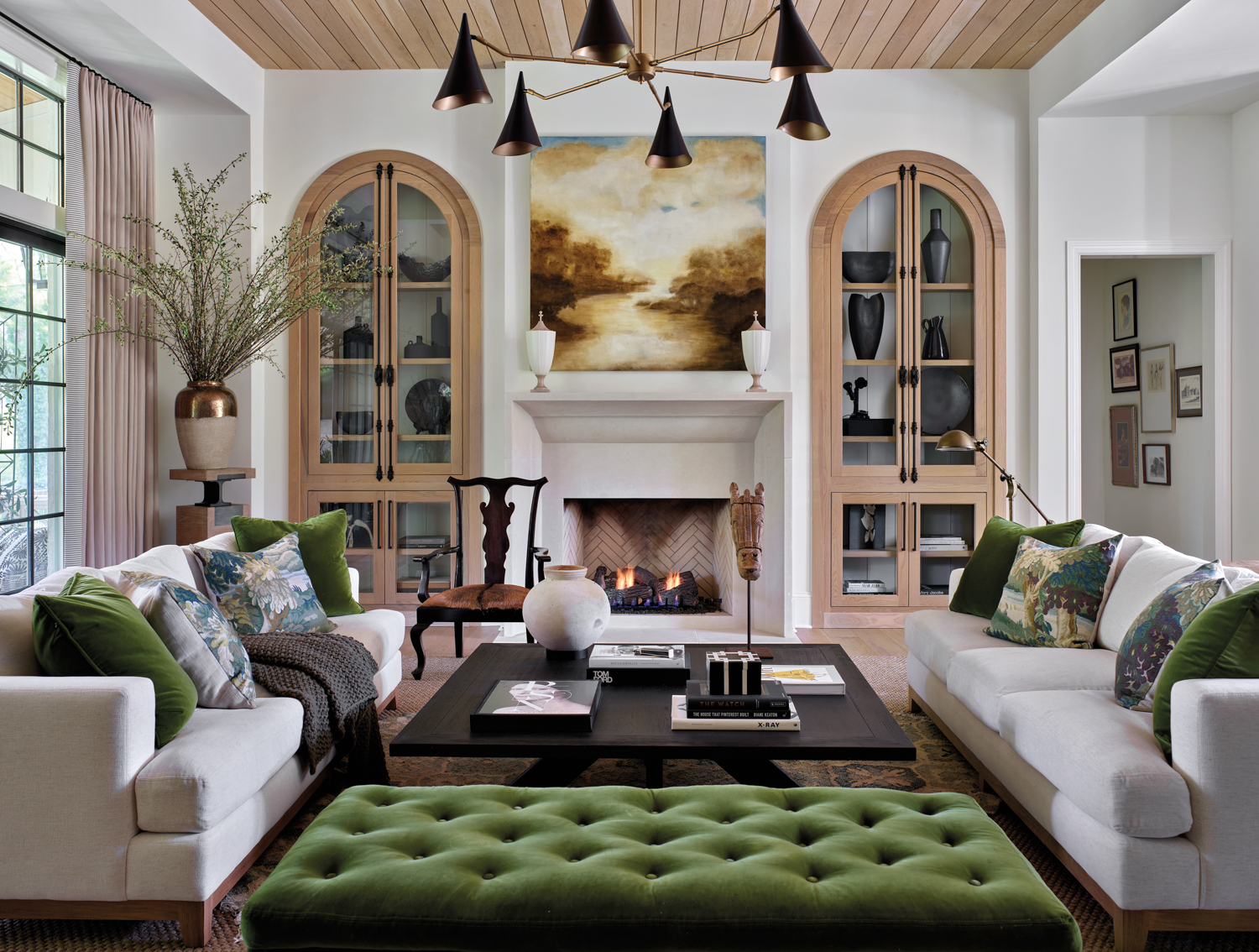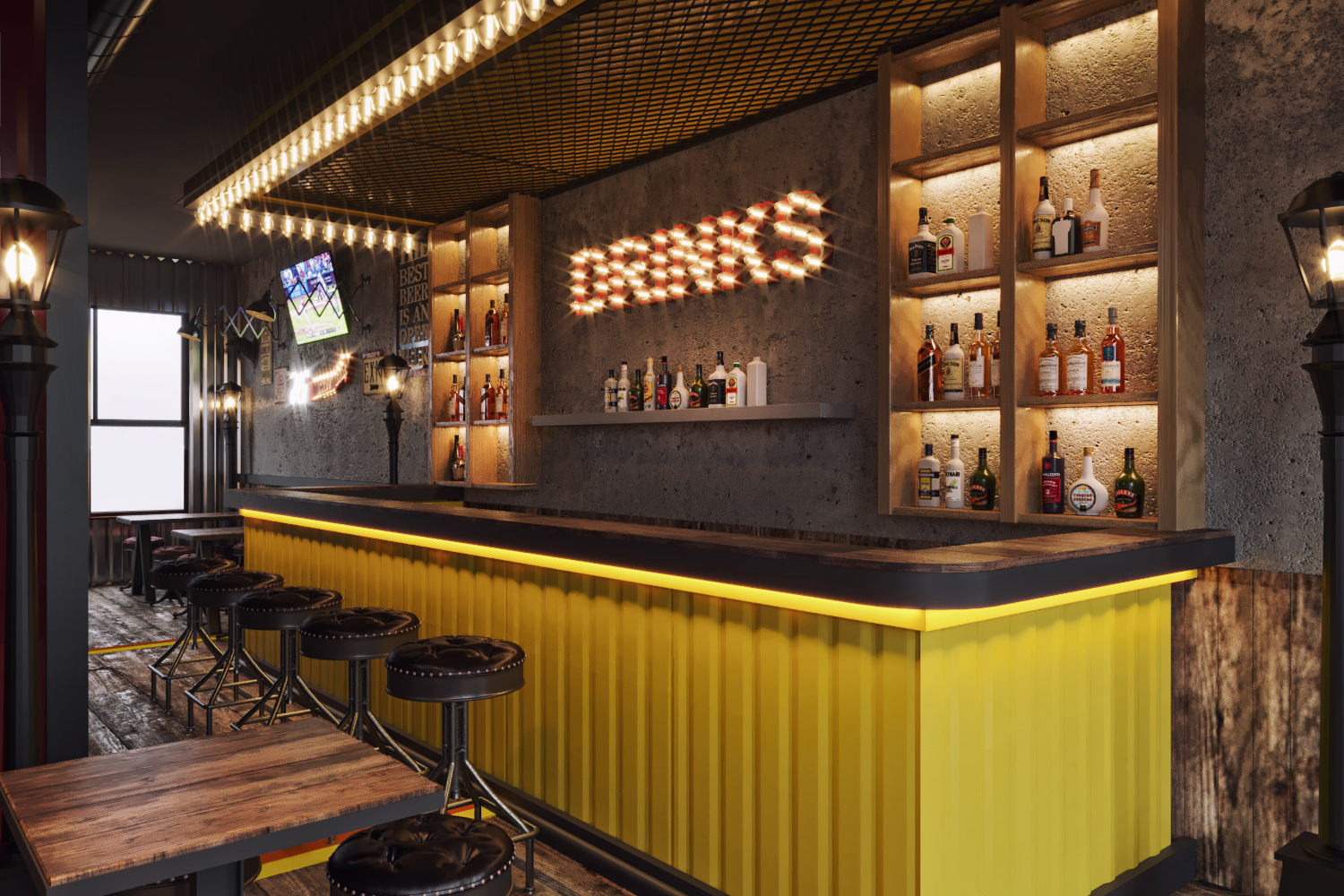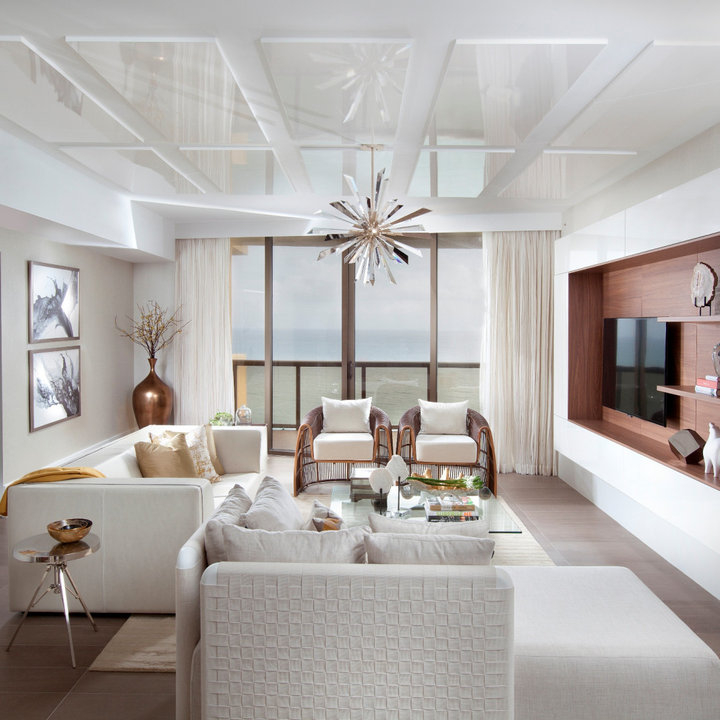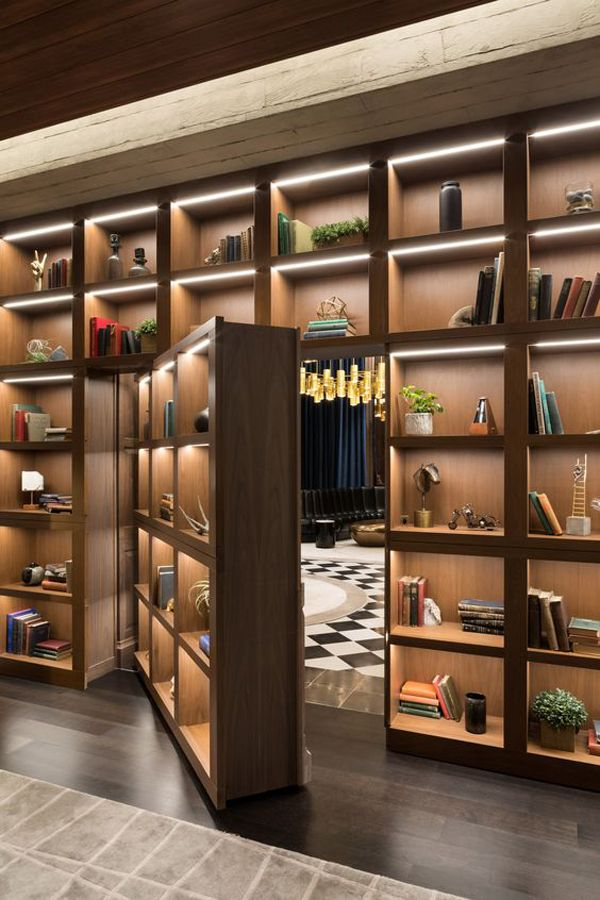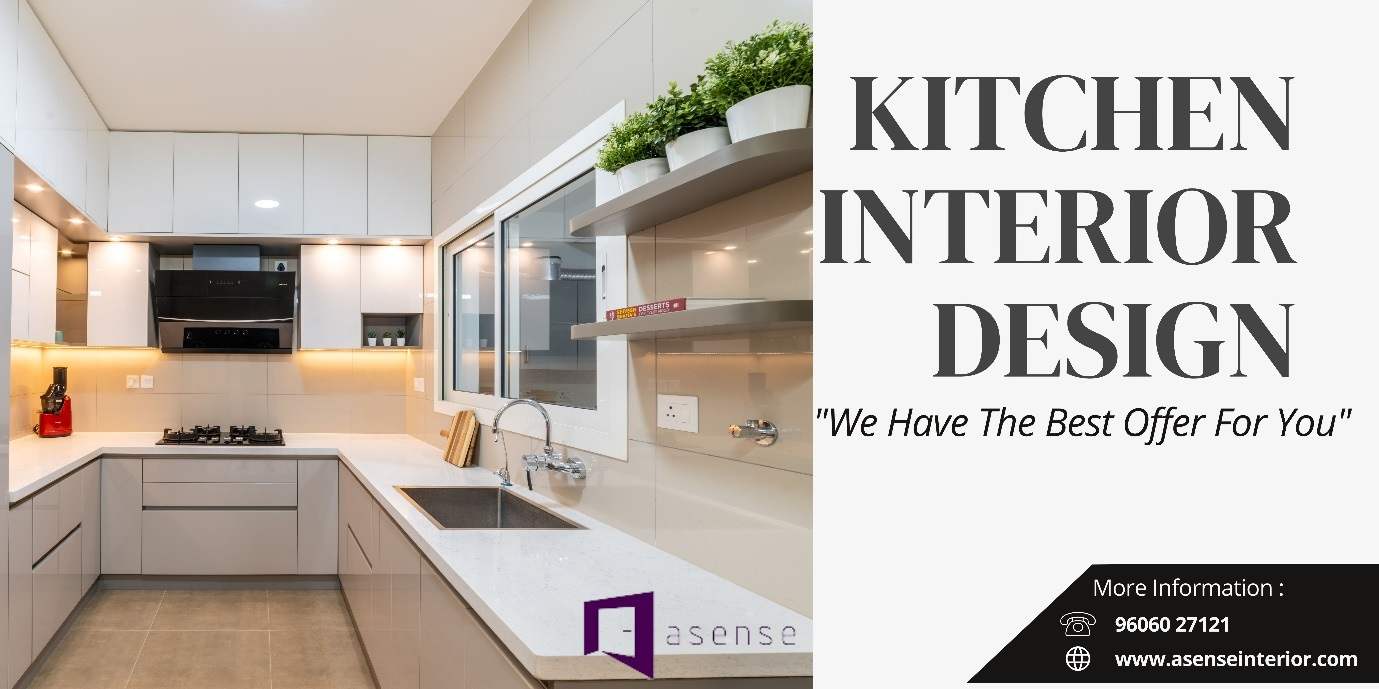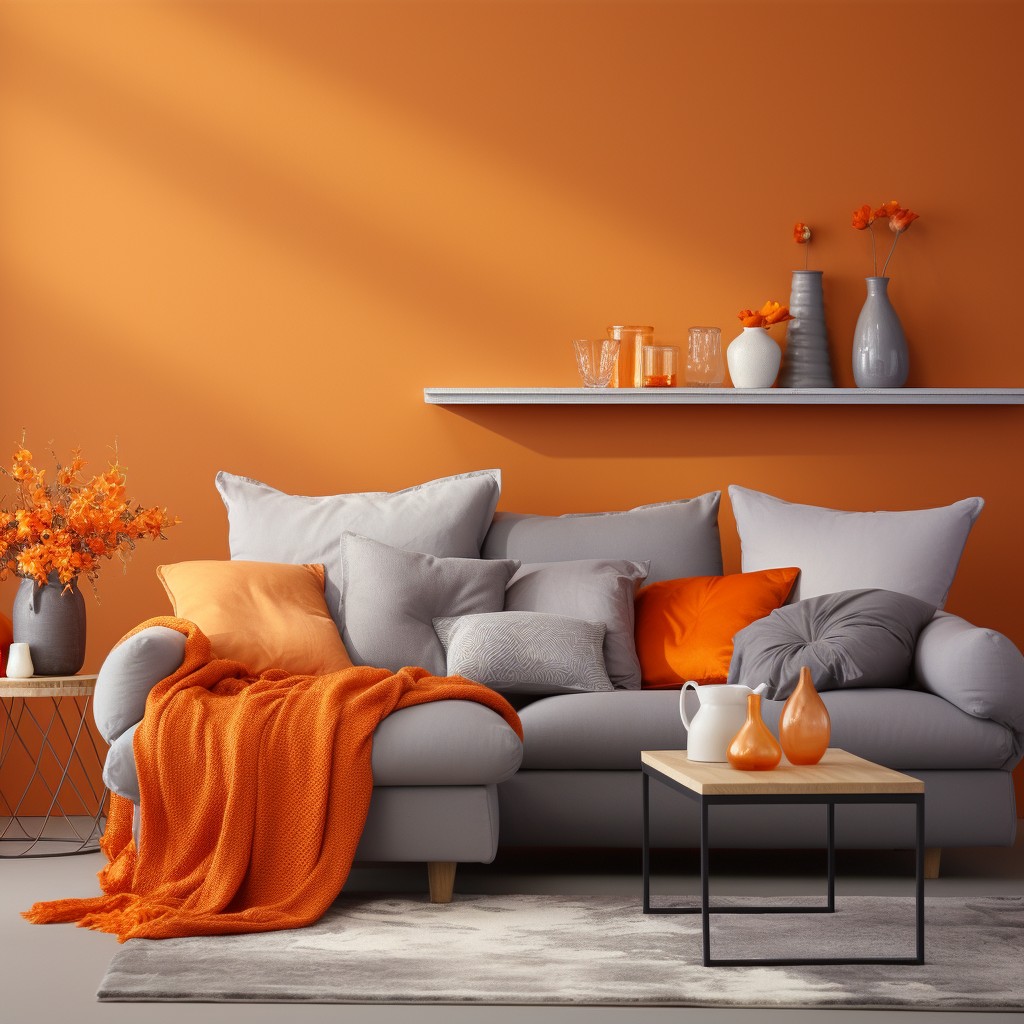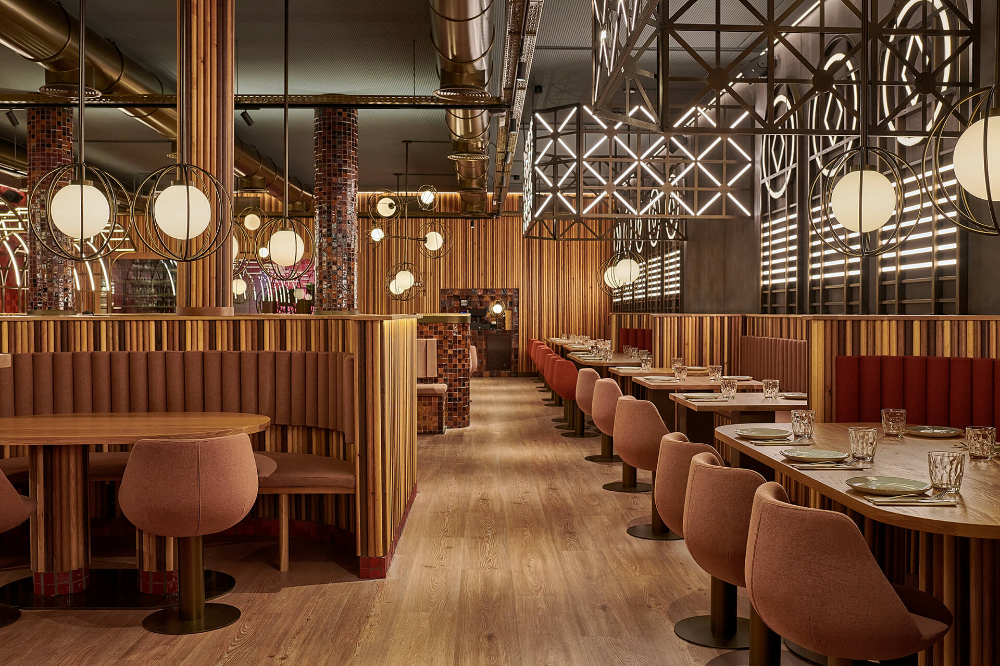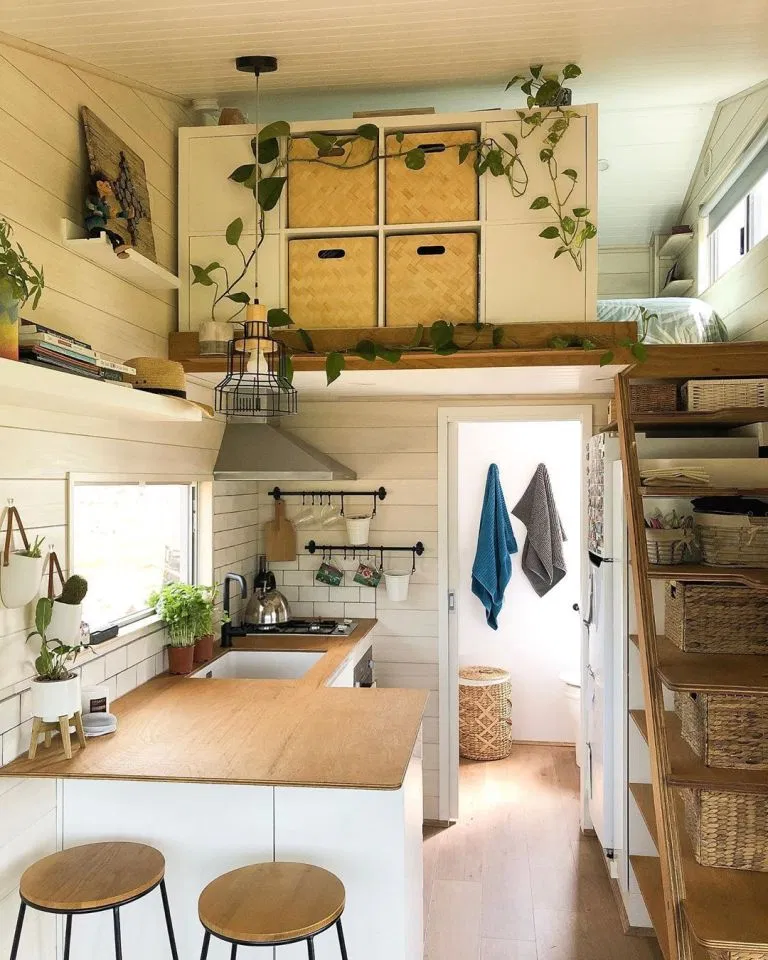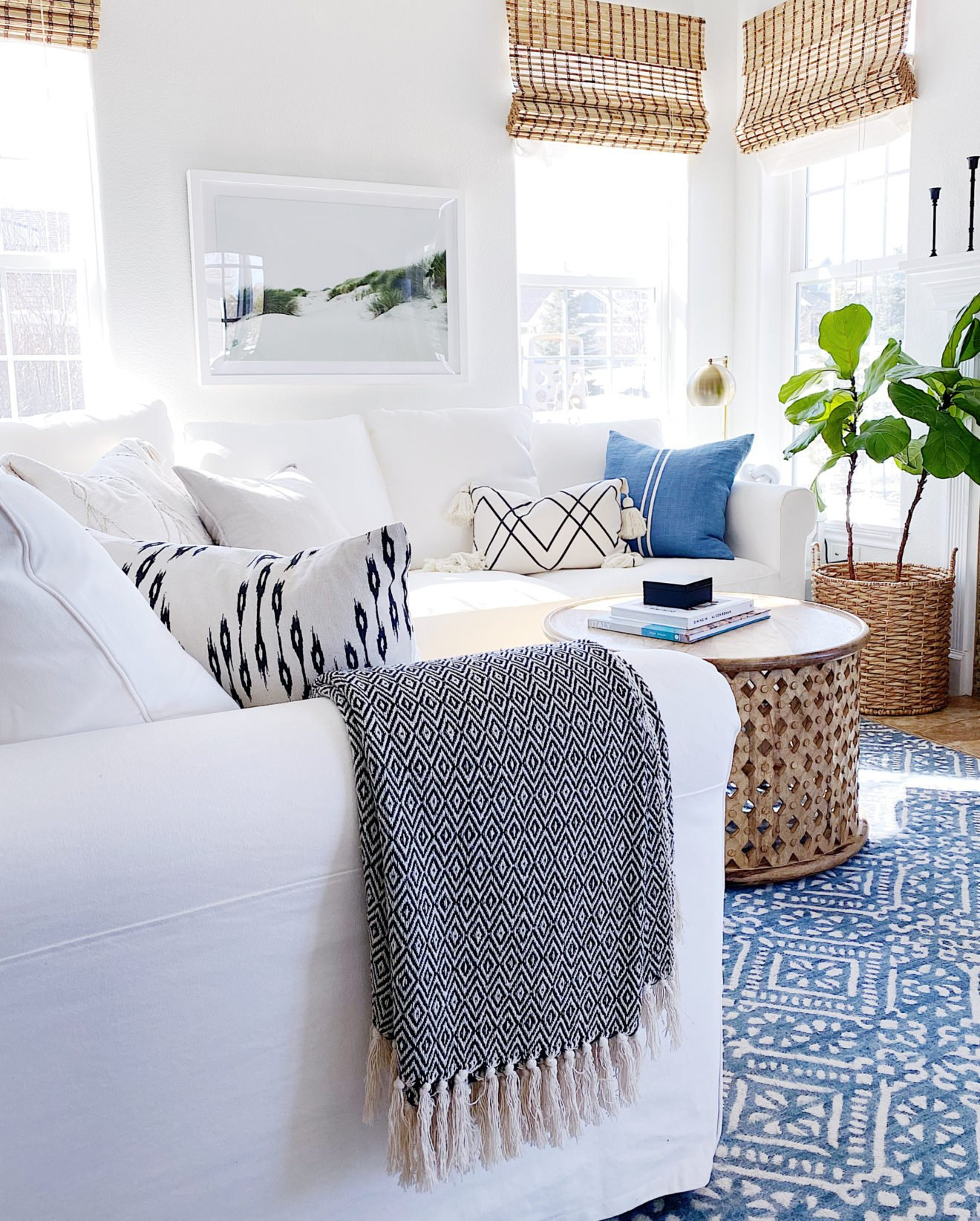Ever walked into an office and just felt… better? Or maybe the opposite? It’s not just your imagination. The way our offices are designed plays a surprisingly huge role in how we feel, how we work, and ultimately, how much we can achieve. It’s about creating spaces that aren’t just functional, but truly foster human flourishing and help unlock that hidden potential within each of us.
We spend a massive chunk of our lives at work, right? So, it makes perfect sense that the place where we do that work, the actual physical space, would have a big impact on our lives. For years, the focus was largely on utility – getting desks, chairs, and computers into a space. But we’re learning that it’s so much more than that. It’s about understanding the intricate connection between office design and our well-being, and how a thoughtfully crafted environment can actually help us perform at our peak, feel happier, and be healthier. Let’s dive into how these spaces can unlock our best selves.
The Power of Natural Light and Greenery
Think about the last time you sat by a window with sunlight streaming in. Pretty nice, wasn’t it? That’s because natural light is a game-changer for our mood and energy levels. Studies consistently show that workplaces with ample access to daylight experience fewer headaches, less eye strain, and even improved sleep patterns. It’s like our bodies are hardwired to respond positively to the sun. It helps regulate our circadian rhythms, that internal clock that governs when we feel awake and when we feel sleepy. Furthermore, bringing the outdoors inside with plants, or even just views of nature, can significantly reduce stress and boost creativity. Biophilia, as it’s called, is the idea that humans have an innate tendency to seek connections with nature, and incorporating it into our office design taps directly into this fundamental need. Imagine a workspace dotted with living plants, or featuring large windows overlooking a park – these aren’t just aesthetic choices; they’re strategic decisions for employee welfare.
Layouts That Foster Connection and Collaboration
Gone are the days when endless rows of cubicles were the only option. Modern office design is all about creating flexible and collaborative spaces. Think open-plan areas for spontaneous brainstorming, but also quiet zones for focused work, and comfortable meeting rooms that encourage interaction. The layout of an office can either encourage or hinder communication. A well-designed space might include shared breakout areas, comfortable seating arrangements that facilitate conversation, and even informal spots like café-style seating. This variety allows employees to choose the environment that best suits their current task and their personal preference for interaction. It’s about providing options, empowering individuals to find their most productive and comfortable setup. When people can easily connect with colleagues, share ideas, and work together without physical barriers, innovation naturally flourishes.
Ergonomics and Physical Comfort: The Foundation
This might seem obvious, but it’s incredibly important. The furniture and equipment we use daily directly impact our physical health. Poorly designed chairs can lead to back pain, neck strain, and repetitive stress injuries. Investing in ergonomic chairs, adjustable desks (sit-stand desks are fantastic!), and proper monitor placement isn’t just about comfort; it’s about preventing long-term health issues and ensuring employees can focus on their work without physical distraction. When your body is supported and comfortable, your mind is free to concentrate. It’s a simple equation but one that’s often overlooked. Think about it: if you’re constantly shifting in your seat trying to find a comfortable position, how much brainpower is being diverted from your actual tasks? A lot, I’d wager.
Acoustics: Finding Your Focus in the Buzz
Noise can be a major disruptor. In open-plan offices, the constant hum of conversation, phone calls, and keyboard clicks can make it incredibly difficult to concentrate. Poor acoustics can lead to increased stress, reduced productivity, and a feeling of being constantly interrupted. Smart office design addresses this by incorporating sound-absorbing materials, creating designated quiet zones, and strategically placing noisy areas away from workspaces. Think about ceiling tiles designed to dampen sound, carpets that absorb noise, and even acoustic panels on walls. These elements work together to create a more peaceful and productive atmosphere. It’s about managing the soundscape so that everyone can find their own level of auditory comfort and focus.
Color Psychology and Atmosphere
The colors in our environment have a subtle yet powerful effect on our emotions and behavior. Blues and greens, for instance, are often associated with calmness and productivity, while warmer colors like yellow or orange can stimulate creativity and energy. Strategic use of color in different zones of the office can help define spaces and influence the mood and focus of the people within them. For example, a collaboration area might use brighter, more energizing colors, while a quiet zone might opt for more muted, calming tones. It’s not just about aesthetics; it’s about creating an intentional atmosphere that supports the intended use of the space and enhances the overall employee experience. Even small touches, like accent walls or colorful artwork, can make a difference.
Empowerment and Control: Giving Employees a Say
Perhaps one of the most crucial aspects of designing for well-being is giving employees a sense of control and autonomy over their workspace. This could involve offering a choice of work settings – a quiet desk, a collaborative bench, a comfortable lounge area – or allowing for some personalization of individual workspaces. When employees feel they have some agency in shaping their immediate environment, it fosters a greater sense of ownership and satisfaction. It’s about recognizing that everyone works differently and has unique needs. Providing options and listening to feedback are key. This sense of empowerment can significantly boost morale and reduce feelings of being constrained by the physical space.
Ultimately, the link between office design and employee well-being is undeniable. Creating a supportive, comfortable, and stimulating work environment isn’t just a ‘nice-to-have’; it’s a strategic imperative for any organization looking to foster a healthy, happy, and high-performing workforce. By paying attention to natural light, acoustics, layout, ergonomics, color, and empowering employees, businesses can cultivate spaces that truly unlock potential and allow individuals to thrive. It’s about building workplaces that care for their people, and in doing so, reaping the rewards of a more engaged, productive, and fulfilled team. Your office is more than just a place to work; it’s a powerful tool for success.



